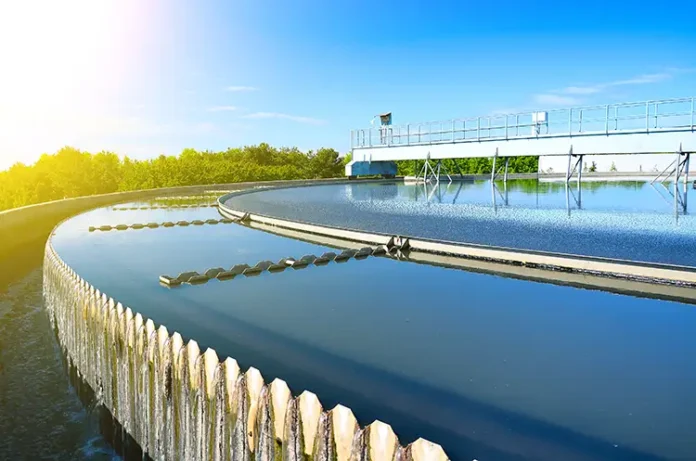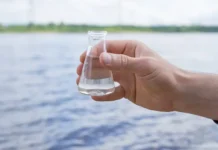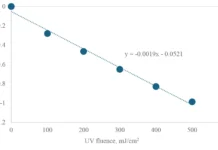Authors: Isabel “Izzy” Medeiros, MS Student, Civil and Environmental Engineering, University of New Hampshire, [email protected]
James P. Malley, Jr, Ph.D., Editor-in-Chief, UV Solutions and Professor of Civil and Environmental Engineering, Department of Civil and Environmental Engineering, [email protected]
Owners and operators of UV technology are an important stakeholder group. These professionals have limited time and often prefer to remain anonymous when providing feedback. As a result, UV Solutions builds this column from responses to a Qualtrics survey sent out each quarter with the help of UNH graduate students.
This month, the Qualtrics survey was sent to municipal owners of UV technologies that are used to treat drinking water, wastewater, water for reuse and/or stormwater. The authors thank the AWWA, WEF and APHA and/or their contractors for making available their conference attendee contact lists. This broad solicitation resulted in 38 responses, including 24 wastewater treatment plants, 10 drinking water treatment plants, three water reclamation facilities indicating the facilities use UV-Hydrogen Peroxide and one stormwater treatment facility.
What treatment objectives are driving decision-making and process selections?
All 10 drinking water respondents mentioned compliance with PFAS MCLs and Lead and Copper Rule updates. Two drinking water facilities indicated continued efforts to reduce disinfection byproducts. Four drinking water facilities indicated long-term planning also was looking at improving overall sustainability to include reducing energy use and reducing chemical use in the plant.
Half of the wastewater treatment plants indicated total nitrogen removal was a priority, and three of these also commented on reducing effluent phosphorus levels. Seventeen of the wastewater facilities indicated concerns about PFAS regulations significantly impacting their current practices involving septage acceptance and biosolids management.
Half of the respondents mentioned they look at processes with additional considerations, including the move toward “one water” thinking, and would like to move away from simply disposing of effluent. These facilities also indicated they are working closely with electrical utilities in regional planning to increase the use of solar and wind power options. Eight facilities indicated they had solar arrays on the premises, and two indicated they had wind turbines.
How does UV technology factor into facility planning?
Half of the drinking water treatment facilities indicated they use other approaches – not including UV technologies – but may be changing processes to meet future compliance with the emerging PFAS regulations. This might impact decisions that consider UV technologies.
Seven wastewater treatment facilities indicated that their UV systems are reaching the end of their useful lives and have been identified in asset management and energy audit plans as needing attention. Two of these seven indicated they are watching with interest the ongoing work that is being reported about using UV LEDs.
Three drinking water treatment facilities indicated that they are looking ahead and considering a switch to ozone systems if they help control PFAS, which might lead to the phasing out of UV disinfection or the relocation of UV disinfection to after biological activated carbon (BAC). The two water reclamation facilities and the remainder of the other respondents indicated they are satisfied with current treatment systems and have no short-term plans to make changes.
How do respondents receive information about advances in UV technologies?
All respondents mentioned they get their information from internet groups and meetings of their local associations, which they are required to attend to gain CEUs to maintain their licenses. About half of the respondents mentioned the exhibitors and sessions during the national conferences of AWWA-ACE and WEFTEC.
Seven wastewater facilities, four drinking water facilities and the stormwater facility indicated they rely upon their consultants to stay abreast of technological developments. None of the respondents specifically mentioned IUVA, although it is likely that those who referred to exhibit hall materials have accessed information from IUVA and its members.
Any additional comments or suggestions to share?
Most respondents did not add anything in response to this question. Two respondents indicated that there are too many surveys to keep up with in the industry. Three drinking water respondents requested any added information that might be coming out of the IUVA on ways to control the regulated PFAS compounds. One comment indicated that IUVA should be presenting itself at WEFTEC to become better known for wastewater-applicable technologies.





